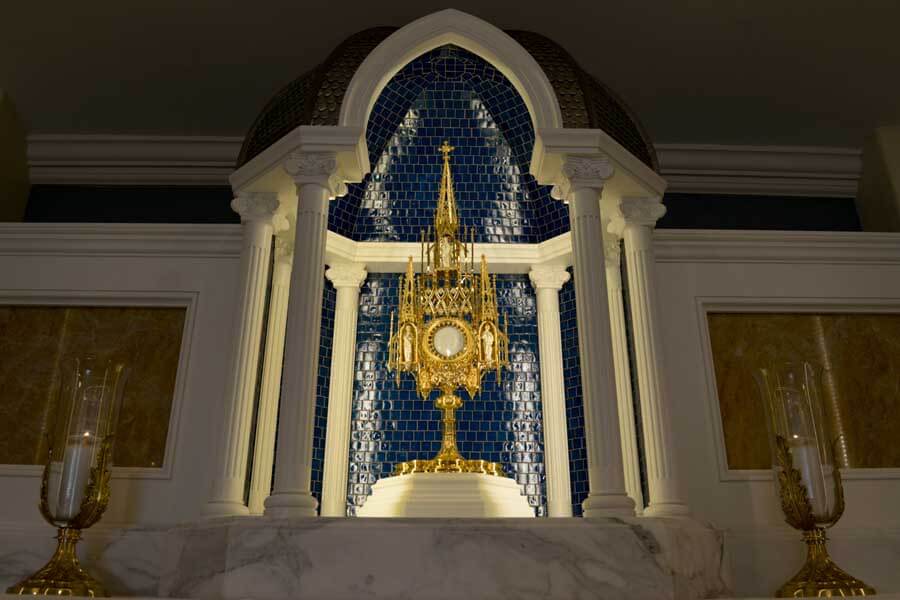Crow
Silver Member
- Jan 28, 2005
- 3,908
- 10,777
- Detector(s) used
- ONES THAT GO BEEP! :-)
- Primary Interest:
- Other
There is a spanish version of events in regards to Ruggles search for the alleged Church treasure .Ruggles ripped up the floor of that church in 1927 and found nothing. He got on the wrong side of the locals and was forced to leave Tayopa.
Some claim the present church is not the site of Jesuit church. Its not the case. the present church was rebuilt over the ruins of the original Capilla in 1919.
Crow
Some claim the present church is not the site of Jesuit church. Its not the case. the present church was rebuilt over the ruins of the original Capilla in 1919.
Crow



 I have even claimed to have found Santa Fe among other treasure tales as well…lol
I have even claimed to have found Santa Fe among other treasure tales as well…lol




